Spirit Airlines (NYSE: SAVE) has been the beautiful bride to Frontier Airlines and JetBlue Airlines. Last year, Frontier proposed a bid to buy Spirit Airlines for $2.7 billion. Talks were still ongoing before in April this year, JetBlue entered the fray and said they wanted Spirit Airlines at a premium. But the management of Spirit Airlines wanted a merger with Frontier Airlines (NASDAQ: ULCC). So JetBlue increased its price to $33.50 per share for Spirit Airlines and accused the management of Spirit Airlines of bad faith.
The shareholders of Spirit Airlines decided they would not go for the Frontier Airlines deal, although talks had entered an advanced stage. Instead, they were lured by the fact that JetBlue (NASDAQ: JBLU) was offering them a premium of $33.50 and said they would give small monthly payments to Spirit Airlines' shareholders until they completed the deal. That won them over. So, on Wednesday, Spirit Airlines announced that it had called off its merger deal with Frontier Airlines, and today it announced that it had agreed to a buyout of $3.8 billion from JetBlue Airlines.
JetBlue found Spirit tempting. Its focus was to increase its market share and compete with the four big airlines in America, namely, American Airlines (NASDAQ: AAL), United Airlines (NASDAQ: AAL), Delta Airlines (NYSE: DAL), and Southwest Airlines (NYSE: LUV). These four control 80% of the market together.
Apart from its focus on growth and increasing market share, what other considerations made JetBlue propose buying Spirit Airlines at a premium? The answer lies in Spirit Airlines' fundamentals.
Spirit Airline’s Fundamentals Are Impressive
JetBlue needs a low-cost carrier because one of its focus areas is low-cost routes. Spirit Airlines is an ultra-low-cost carrier whose routes are primarily in North America and Latin America. According to statista.com, Spirit Airlines' market share is about 4.9%, while JetBlue's is 5.3%. A merger would give both companies a market share of 10%. That market share would increase the competitive ability of JetBlue because, among the four biggest carriers in America, the fourth largest has only a 13% market share. In contrast, the largest, American Airlines, has a 19.5% market share.
Furthermore, the goals of both airlines are aligned. Both focus on lowering fares for passengers. That was why Ted Christie, the president and CEO of Spirit, said that both companies would constitute a low-fare challenger to the dominant American airlines. This has been termed the “JetBlue effect,” where when one airline lowers its fares, it forces other airlines to follow suit to remain competitive.
One good thing about Spirit Airlines is that the planes are always full. Customers throng Spirit Airlines' planes because of the low fares. That is why when many airlines recorded significant losses at the beginning of this year due to the high cost of jet fuel, Spirit Airlines only reported a mere $194.7 million loss.
Last quarter, the first quarter of 2022, Spirit Airlines reported $1.6 billion of free cash flow. They also saw demand rise by 10% for the quarter compared to 2021. Their non-ticket revenue also saw a 14.25 increase, which stood at $64.53 per passenger. In that earnings call, the company said that the second quarter's non-ticket revenue would be higher according to their estimates. Despite the net loss of $1.79 per diluted share, the airline saw an increase in capacity. Capacity increased by 19.2 percent compared to 2021.
The total revenue for the company was also outstanding. The airline nearly reached the $1 billion mark, recording $967.3 million, a 13% increase over the previous year's revenue. However, you should recall that for most of 2020 and 2021, airlines shut down operations and did not record any revenue. As a result, revenue per passenger also increased by 3.9 percent and stood at $113.72.
You can then see that Spirit Airlines is unarguably a good buy for JetBlue Airlines. The merger would increase JetBlue’s competitiveness and elevate it to the fourth-largest airline position in the future if Spirit Airlines continues its present momentum.




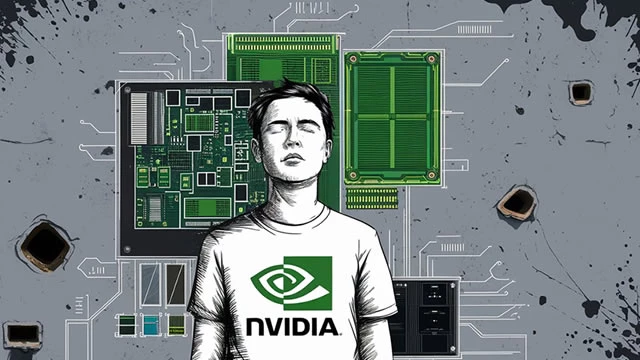
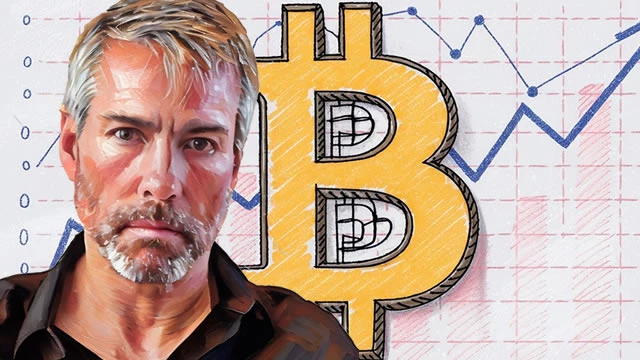






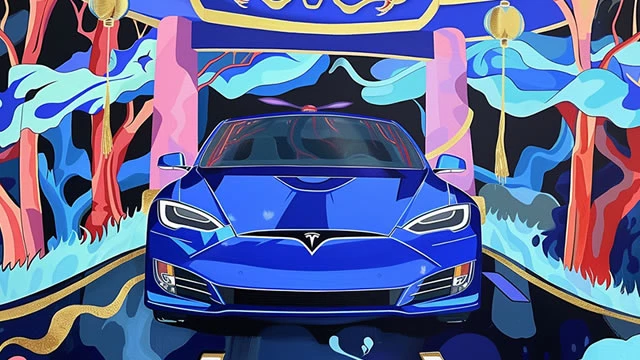

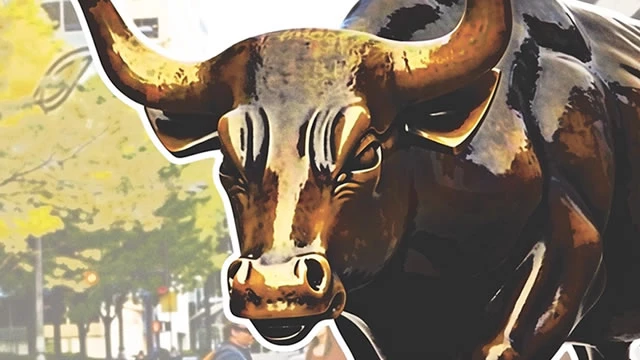
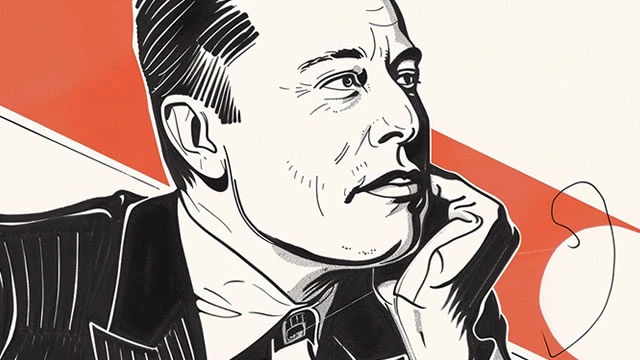

Rate this article